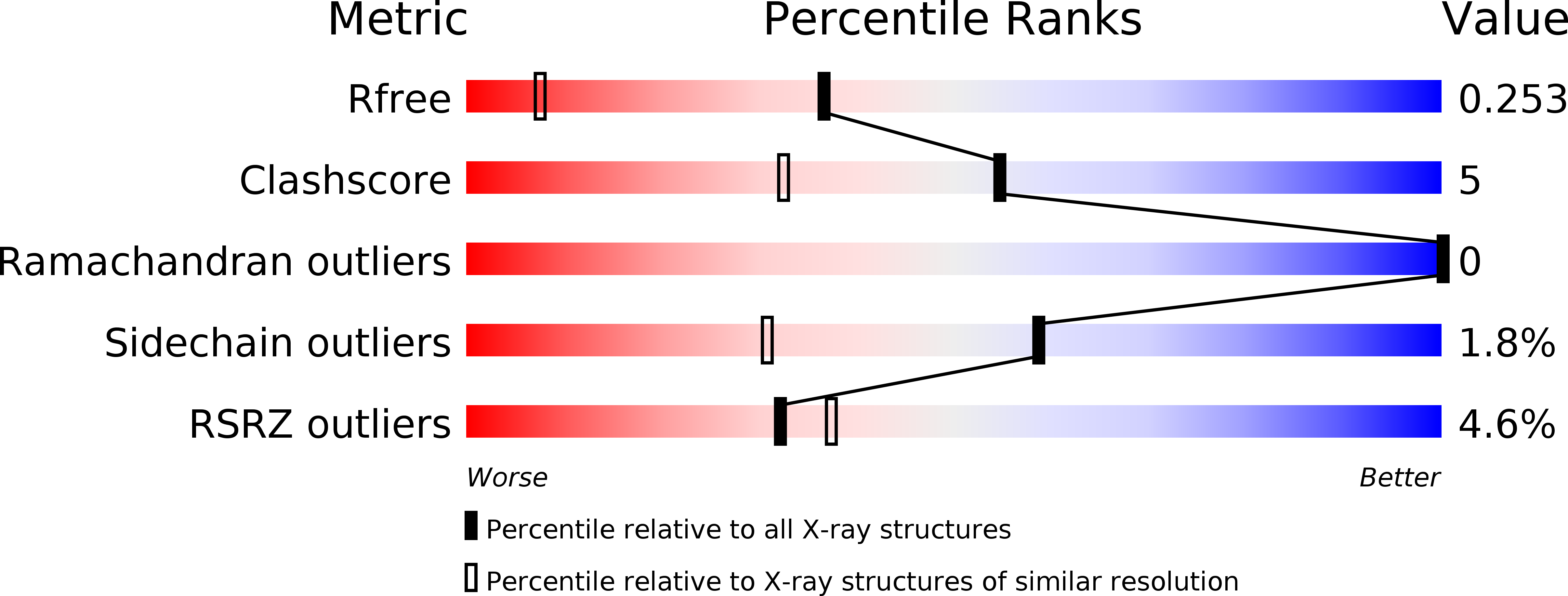
Deposition Date
2016-08-24
Release Date
2016-11-02
Last Version Date
2023-11-08
Entry Detail
Biological Source:
Source Organism:
Ricinus communis (Taxon ID: 3988)
Homo sapiens (Taxon ID: 9606)
Homo sapiens (Taxon ID: 9606)
Host Organism:
Method Details:
Experimental Method:
Resolution:
1.55 Å
R-Value Free:
0.25
R-Value Work:
0.21
R-Value Observed:
0.21
Space Group:
P 1 21 1


